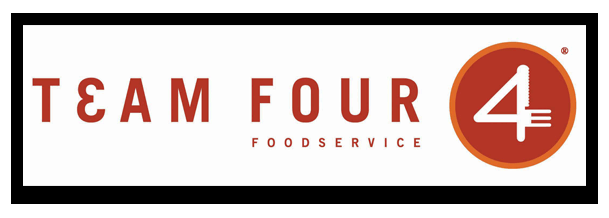 If you’re like most businesses, about 60 percent of your revenue comes from only 20 percent of your guests. Instead of directing your marketing time and effort toward the 80 percent of people who are less likely to support you, you stand to gain far more if you can channel your resources into that valuable 20 percent who buy from you frequently and spend more when they do. Understanding customer lifetime value (CLV) can help you zero in on this critical segment of your audience. (You can calculate it by dividing the average per-guest spending each month by the percentage of guests that don’t return.) If you have the tools to understand your CLV, you know which offers and channels have driven the most sales. You are able to take the behaviors of your best guests and turn them into incentives that drive repeat business. You can use that information to attract similar guests who have the potential to become more loyal. You also understand what promotions and messages generate the best sales. Improving your CLV can help you expand the size of your most valuable segment of guests. So how can you do this? Track how much money a guest is likely to spend on repeat visits and other interactions with your business, or how likely they are to refer your business to others. Look for opportunities to collect actionable information from each step of a guest’s journey. Toast suggests making it as convenient as possible for guests to buy from you and share information. That includes their feedback, which you can use to assess your performance and identify action items. Lean on your loyalty program to encourage return visits and to communicate in targeted ways with your guests. Finally, bundle your offerings – it increases guests’ perception of your value.
0 Comments
In 2023, the growth of the restaurant industry outpaced population growth by approximately three to one. It’s no wonder that it’s so challenging to keep a foodservice business going – nevermind growing. But if growth is your goal this year, it’s a good time to dig into the diagnostic tools that can help you more readily see what your business is doing right, how it compares to the rest of the market, to what degree your competitors are chipping into your customer base, and what actions make sense for you to take to seize the growth opportunities that become available this year. Even if you have a talented team and tech tools that give you real-time insight into what your business needs internally, you also need to collect market intelligence to strengthen your outward view. It’s important to helping you assess (rather than intuit) where there are pockets of potential in the market, how well your stores are likely to perform within it, and what your business offers in comparison to what’s nearby. The investment in this research can pay off by giving you a better sense of when to sell a location, whether to acquire a complementary restaurant, or where to look for real estate so you can move more quickly and confidently when opening a new location. Or perhaps it can reaffirm that you should focus on growing in place. Maybe your best approach to making your business distinct from the competition is about offering some new promotions, rotating menus, or elevated dining experiences that offer higher perceived value.
|
More Marketing ArticlesFinding the line on guest spendingGet your message outSocial mediaCategories
All
Archives |
Foodservice CEO is provided for informational purposes only. It is intended to offer foodservice operators’ guidance regarding best practices in running their operations. Adherence to any recommendations included in this Guidance will not ensure a successful operation in every situation. Furthermore, the recommendations contained in this website should not be interpreted as setting a standard of operation or be deemed inclusive of all methods of operating nor exclusive of other methods of operating.
Copyright 2023 Team Four Foodservice, All Rights Reserved.





 RSS Feed
RSS Feed